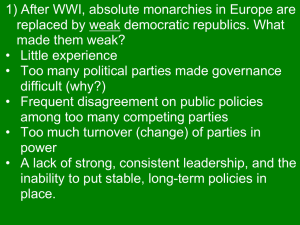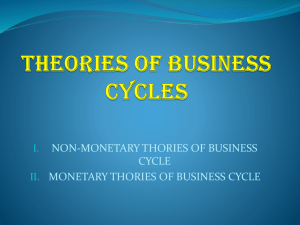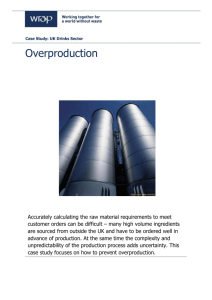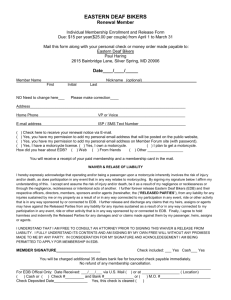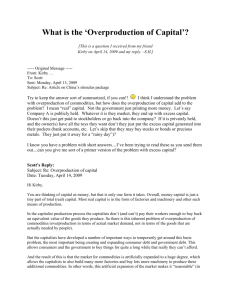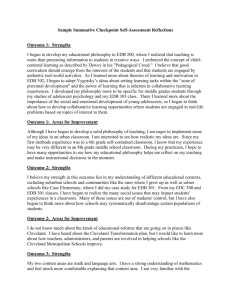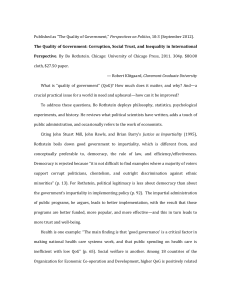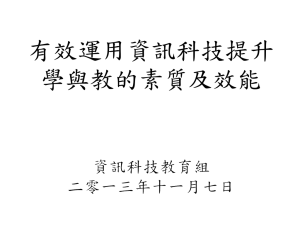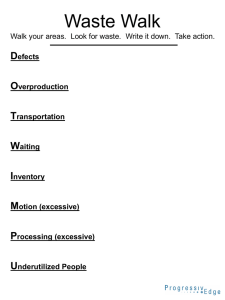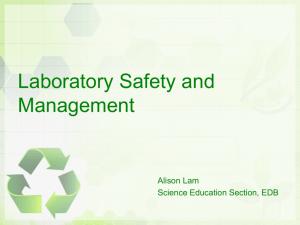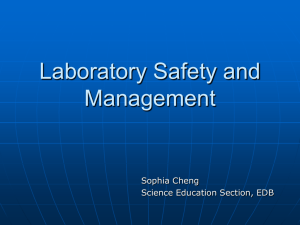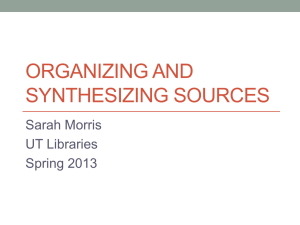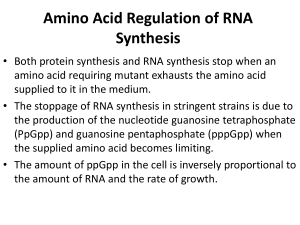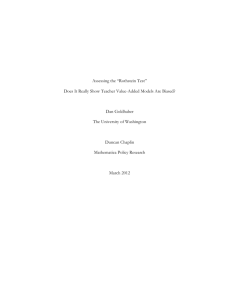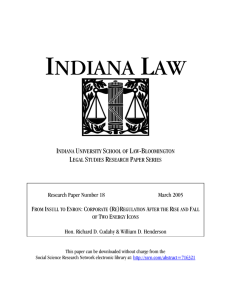Great Depression
advertisement
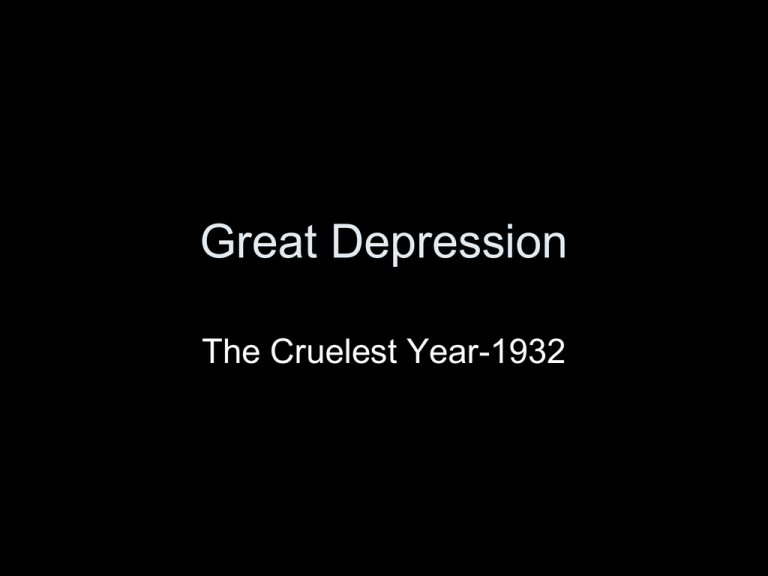
Great Depression The Cruelest Year-1932 Underconsumption & Overproduction • Mass production had increased efficiency per man hour by over 40% • In 1929, a family needed $2000/year for the bare necessities (60% of families not earning that much) • People could not afford to buy new products • Overproduction led to layoffs, led to more underconsumption • Could have raised wages so more people could afford to buy goods Other Causes • Unequal distribution of wealth – 1% of the population owned 59% of the wealth – Middle class not large enough • Deflation- prices of goods were falling (partly due to overproduction & underconsumption) • Stock Market Crash (more of a symptom of the underlying causes) Effects on Businesses • Stock market- investors lost $74 billion, • 86,000 businesses closed • US Steel producing at 19.1% of capacity • Industries doing well: phonograph recording, movies, cigarettes, contraception, miniature golf Immigration • Emigration exceeded immigration (more people left America than came into America), 350 applications per day to Russian trading agency for Americans who wanted to move to Russia. Farmers • Destroying crops because cheaper to burn crops for heat rather than buying coal • Montana rancher who shot his livestock because he did not have $ to feed them. • Taking revolutionary actions: blocking highways, kidnapping judges, calling for a “Revolution like they had in Russia.” "Farmer and sons walking in the face of a dust storm. Cimarron County, Oklahoma" (Also known as "Fleeing a Dust Storm," Arthur Rothstein, 1936) Image Source: http://www.edb.utexas.edu/resou rces/team/lesson_1.html Welfare- social stigma • Lewiston, ME. barred recipients from voting • Kids not allowed in schools • Not allowed in hospital in WV unless guaranteed payment Effect on Schools • Chicago Teachers worked without pay (owed teachers $20 million) • Schools closed for 10 or more months in Arkansas, or only open 3 days/week • Teachers boarding with their students Effect on Children • Children called drowsy, lethargic, …. Possible mental retardation because of hunger” • Teacher told student to go home for lunch, student replied: “It’s my sister’s turn to eat.” • Boy brought his pet rabbit for show & tell; Sister: “He doesn’t know we are going to eat it.” Children in a “Hooverville” Image Source: http://www.picturehistory.com/product/id/879 "Children who live in a migrant camp on U.S. Highway No. 31, near Birmingham, Alabama" (Arthur Rothstein, 1937) Image Source: http://www.edb.utexas.edu/resources/team/lesson_1.html Responses of the wealthy • President Hoover: “no one is actually starving” • It was considered benevolent to give your garbage (food scraps) to fellow countrymen who were hungry • Played polo, Republican governor candidate “too much prosperity ruins the moral fiber of the people” Corruption of the Wealthy • 1% of the population owned 59% of the nation’s wealth • Samuel Insull’s utility companies were a “pyramid of holding companies” and his stock dropped to 4% of its 1931 value • Insull fled to Europe, held a Paris press conference, snuck out back door to Greece (no treaty but then US signed extradition treaty), fled to Turkey
